by Yoo Kyung Sung, University of New Mexico, Albuquerque
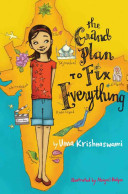 Korea’s traditional beauty is mirrored in its architectures, symbols, pottery, and ancient palaces and make up most of the common “Korean” postcard faces I encountered when I visited one of the most popular and largest bookstores in Seoul, Kyobo books. I mumbled, “interesting,” and felt and tasted a kind of betrayal. I felt I have fought consistently for a postcolonial non-Eurocentric portrayal of Asian and Korean cultures in my children’s literature studies, yet such traditional subjectivity is produced and consumed internally in Korea as a mark of Koreanness. Tradition is like a double edged sword providing rich cultural facets and, concurrently, glaringly flawed over-representations of a culture, producing a “tunnel vision” (Scott,1998, p.47) of narrow understanding of that culture.
Korea’s traditional beauty is mirrored in its architectures, symbols, pottery, and ancient palaces and make up most of the common “Korean” postcard faces I encountered when I visited one of the most popular and largest bookstores in Seoul, Kyobo books. I mumbled, “interesting,” and felt and tasted a kind of betrayal. I felt I have fought consistently for a postcolonial non-Eurocentric portrayal of Asian and Korean cultures in my children’s literature studies, yet such traditional subjectivity is produced and consumed internally in Korea as a mark of Koreanness. Tradition is like a double edged sword providing rich cultural facets and, concurrently, glaringly flawed over-representations of a culture, producing a “tunnel vision” (Scott,1998, p.47) of narrow understanding of that culture.
Continue reading →
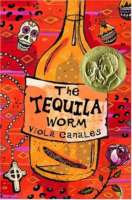 It has been inspiring to learn about different ways of engaging teacher candidates with literature. In this last blog, I want to share some examples from my own teaching experience. Engaging teacher candidates and in-service teachers with literature is one of my favorite things as a teacher educator. As other instructors, I use different strategies to discuss the literature.
It has been inspiring to learn about different ways of engaging teacher candidates with literature. In this last blog, I want to share some examples from my own teaching experience. Engaging teacher candidates and in-service teachers with literature is one of my favorite things as a teacher educator. As other instructors, I use different strategies to discuss the literature.

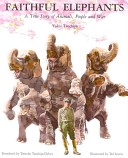 I’m Dr. Martínez-Roldán, Associate Professor at Teachers College, Columbia University. During March I will be inviting educators, teachers, and librarians to share their experiences using international children’s and adolescent literature in their teaching. Each week I will feature the experience of an educator and hope that the reader will feel inspired to share her/his own experiences as a reader of the featured books. In this first blog, Dr. Jo-Beth Allen from the University of Georgia tells us how she uses literature in her university writing courses.
I’m Dr. Martínez-Roldán, Associate Professor at Teachers College, Columbia University. During March I will be inviting educators, teachers, and librarians to share their experiences using international children’s and adolescent literature in their teaching. Each week I will feature the experience of an educator and hope that the reader will feel inspired to share her/his own experiences as a reader of the featured books. In this first blog, Dr. Jo-Beth Allen from the University of Georgia tells us how she uses literature in her university writing courses.  During the weekend of March 8 and 9, 2013, Tucson will host one of the biggest gatherings of children’s authors and illustrators during the
During the weekend of March 8 and 9, 2013, Tucson will host one of the biggest gatherings of children’s authors and illustrators during the 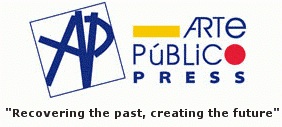
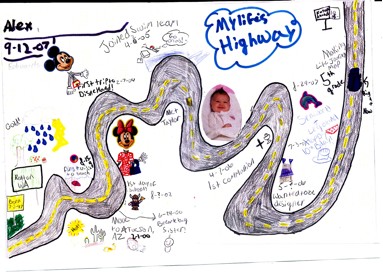 The Common Core State Standards put a major emphasis on the close reading of texts, recommending that students find and cite evidence in the text as they discuss key ideas and details, craft and structure, and knowledge and ideas. Text analysis is viewed as bringing rigor to reading with an emphasis on higher level critical reading skills. Any text read to or by students is used for instructional purposes, to teach something. If students respond to a text by talking about what it reminds them of from their lives, teachers are to steer students back to the task and ask them to talk about what the story is about—to get the details and to support their statements by citing evidence in the text. Text-dependent questions and evidence, not connection, are valued.
The Common Core State Standards put a major emphasis on the close reading of texts, recommending that students find and cite evidence in the text as they discuss key ideas and details, craft and structure, and knowledge and ideas. Text analysis is viewed as bringing rigor to reading with an emphasis on higher level critical reading skills. Any text read to or by students is used for instructional purposes, to teach something. If students respond to a text by talking about what it reminds them of from their lives, teachers are to steer students back to the task and ask them to talk about what the story is about—to get the details and to support their statements by citing evidence in the text. Text-dependent questions and evidence, not connection, are valued. 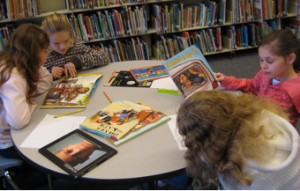 One aspect of the Common Core State Standards that has received a great deal of attention is the increased focus on informational texts. The CCSS document calls for 50/50 split between informational and literary texts in kindergarten, gradually increasing to a 70/30 split in high school.
One aspect of the Common Core State Standards that has received a great deal of attention is the increased focus on informational texts. The CCSS document calls for 50/50 split between informational and literary texts in kindergarten, gradually increasing to a 70/30 split in high school.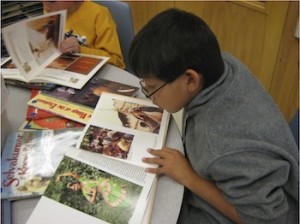
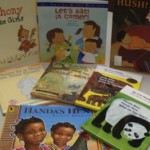
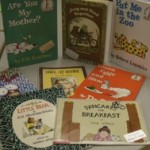
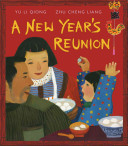 Often I think my English accent is like a cultural microchip that contains my cultural and linguistic DNA. That microchip reflects the local and global contexts from several different U. S. and international environments in which I have lived. My personal aesthetic responses in my literature reviews reflect the salient insights of both my views of diversity and of contemporary global connections as they relate to multiculturalism in the U. S.
Often I think my English accent is like a cultural microchip that contains my cultural and linguistic DNA. That microchip reflects the local and global contexts from several different U. S. and international environments in which I have lived. My personal aesthetic responses in my literature reviews reflect the salient insights of both my views of diversity and of contemporary global connections as they relate to multiculturalism in the U. S.  Korea’s traditional beauty is mirrored in its architectures, symbols, pottery, and ancient palaces and make up most of the common “Korean” postcard faces I encountered when I visited one of the most popular and largest bookstores in Seoul, Kyobo books. I mumbled, “interesting,” and felt and tasted a kind of betrayal. I felt I have fought consistently for a postcolonial non-Eurocentric portrayal of Asian and Korean cultures in my children’s literature studies, yet such traditional subjectivity is produced and consumed internally in Korea as a mark of Koreanness. Tradition is like a double edged sword providing rich cultural facets and, concurrently, glaringly flawed over-representations of a culture, producing a “tunnel vision” (Scott,1998, p.47) of narrow understanding of that culture.
Korea’s traditional beauty is mirrored in its architectures, symbols, pottery, and ancient palaces and make up most of the common “Korean” postcard faces I encountered when I visited one of the most popular and largest bookstores in Seoul, Kyobo books. I mumbled, “interesting,” and felt and tasted a kind of betrayal. I felt I have fought consistently for a postcolonial non-Eurocentric portrayal of Asian and Korean cultures in my children’s literature studies, yet such traditional subjectivity is produced and consumed internally in Korea as a mark of Koreanness. Tradition is like a double edged sword providing rich cultural facets and, concurrently, glaringly flawed over-representations of a culture, producing a “tunnel vision” (Scott,1998, p.47) of narrow understanding of that culture.